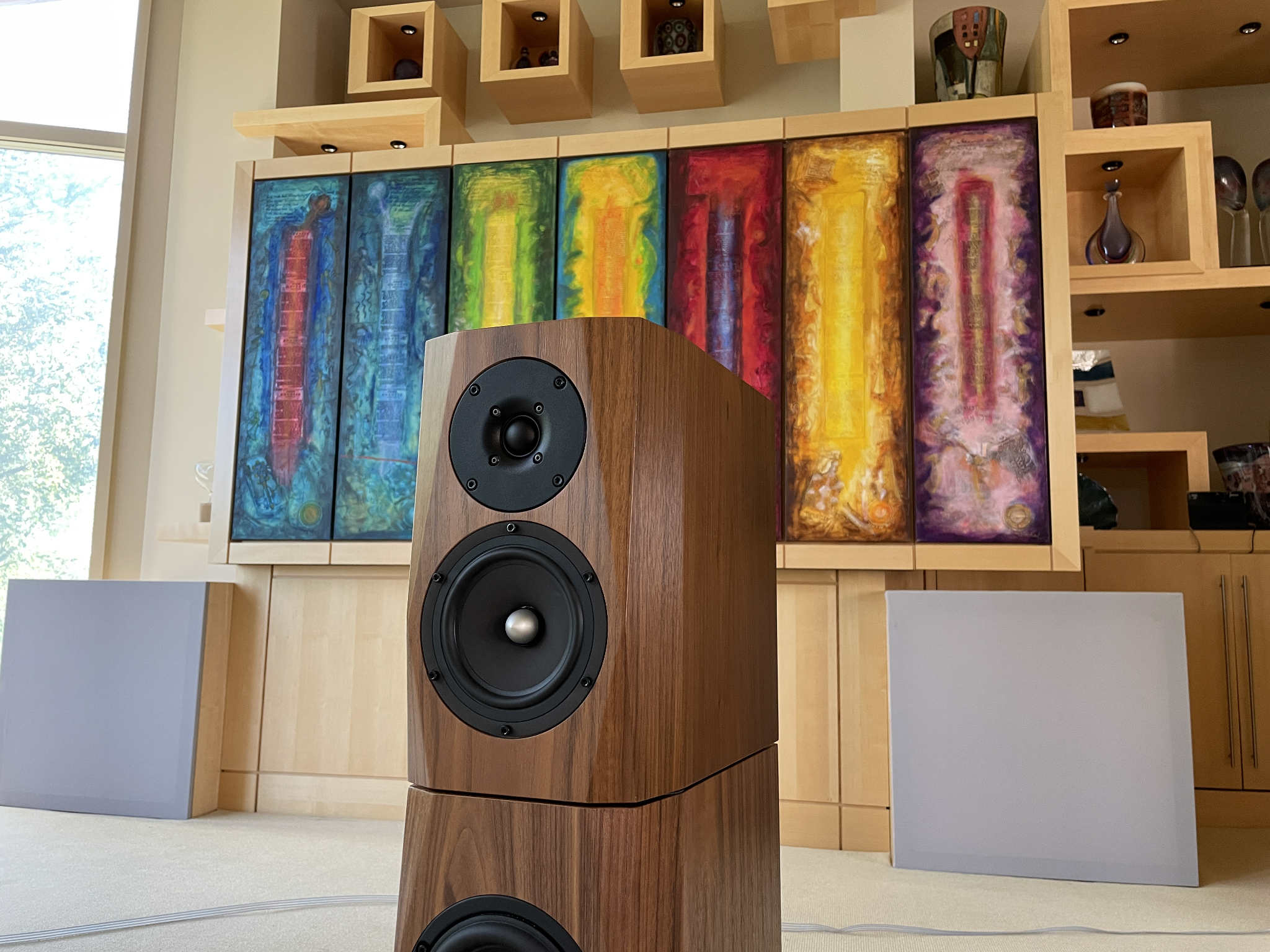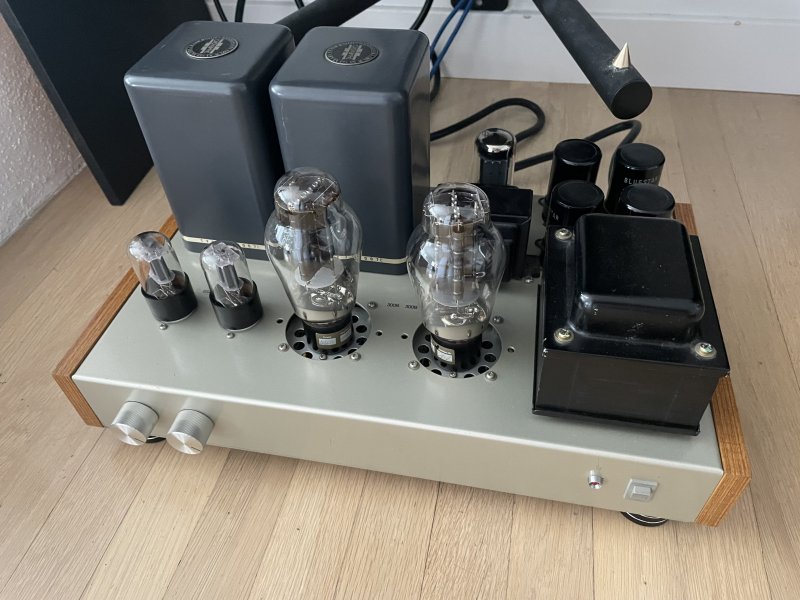I gotta a little tweak for the community here. It isn't the sort of thing everyone can do but OTOH its not complex and no soldering.
Most output transformers are held together by 4 bolts that go thru the corners of the transformer core. They often hold the end shells of the transformer on as well. These bolts are (or should be) insulated from touching the core by either fiber (on older transformers) or nylon shoulder washers. This is supposed to prevent the bolts from being a magnetic short to the magnetic field created in the output transformer by the power tube(s).
Those bolts are usually made of regular steel, mostly out of tradition. The thinking is the shoulder washers are doing their job.
That's not exactly true. Some of the magnetic field is able to induce energy into these bolts. Its not much, but especially with single-ended gear where every drop counts, it is measurable. I did an experiment over the weekend by simply measuring the output power, changing the bolts out for non-magnetic stainless bolts and measuring again. The output power went up by about 200 milliWatts. This might not seem like much but the amplifier I tried this on was only making 3 Watts. So about a 7% increase in power! The bolts cost 41 cents each at the hardware store.
I suspect, without talking to any OPT manufacturers, that they don't use stainless non-magnetic bolts because they think the steel bolts are working fine. I first discovered this issue 35 years ago working with toroid power transformers, which are usually supplied with a steel mounting bolt that goes thru the center hole. We found that bolt tended to run hot, considerably warmer than the transformer itself. In theory it shouldn't because the magnetic field in a toroid is very compact and tends to sit inside the core. In practice though, its sloppier than that and so the bolt was a magnetic short. Replacing it with non-magnetic stainless caused the transformer to run at a lower temperature.
This is the same idea. A word of caution: doing something like this, even though you might not have to open the amplifier up, could technically void the warranty, despite the fact that over time the output transformer will run at a slightly lower temperature. If the OPT is in sealed can there's nothing for it.
 aplhifi.com
aplhifi.com



















